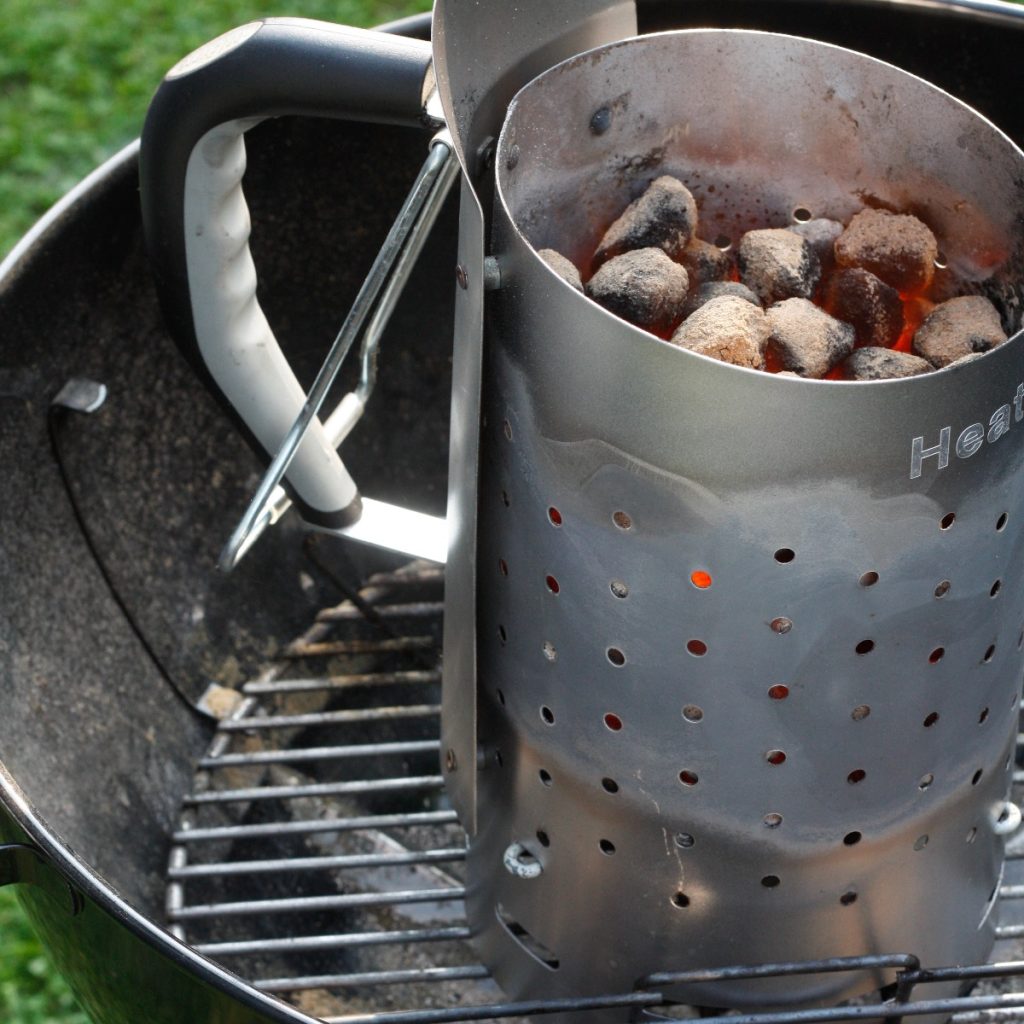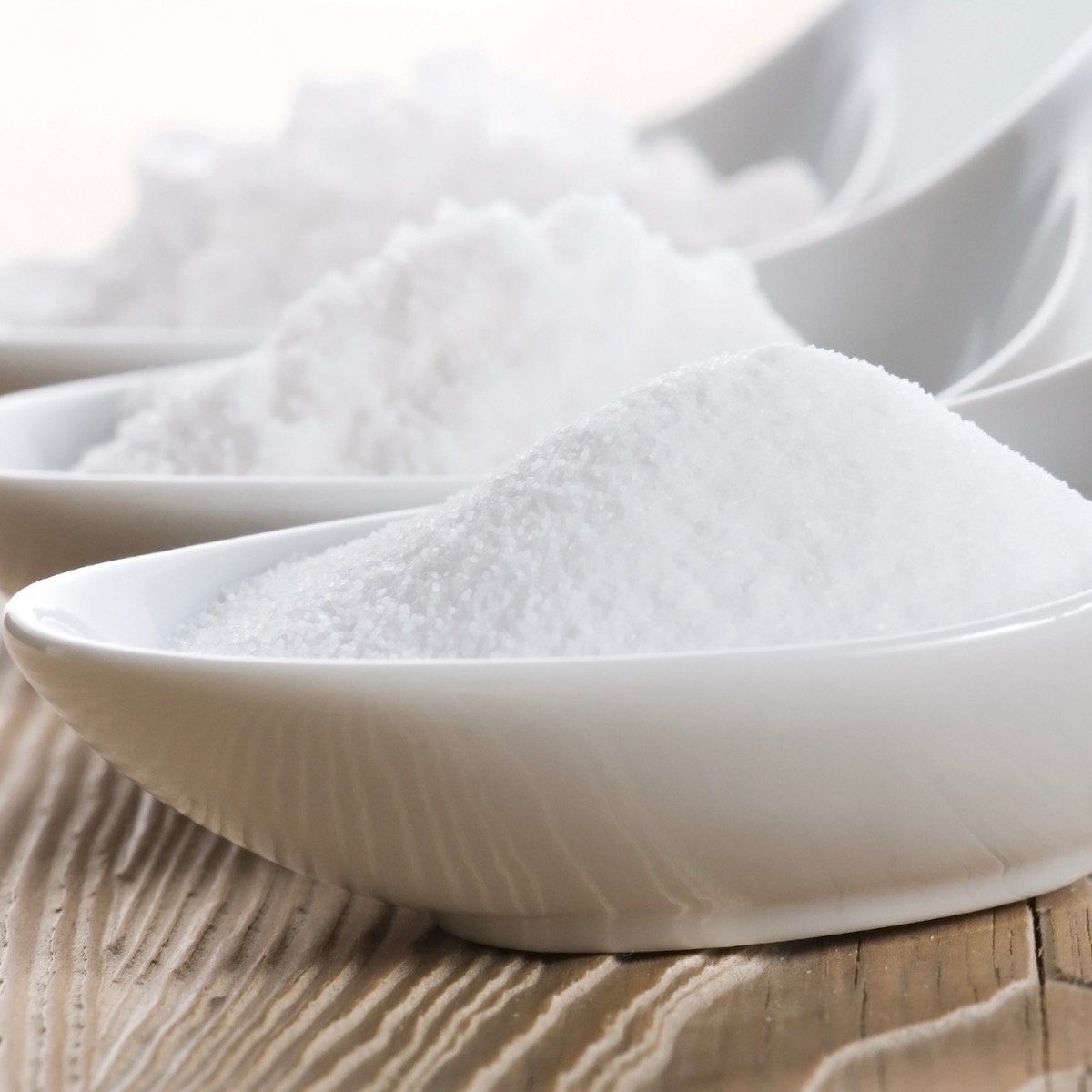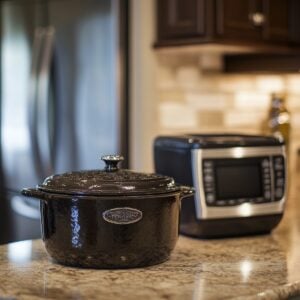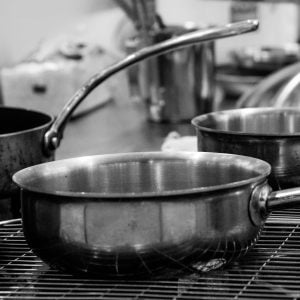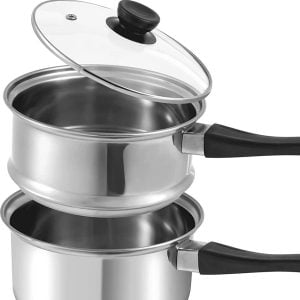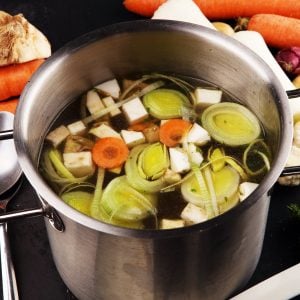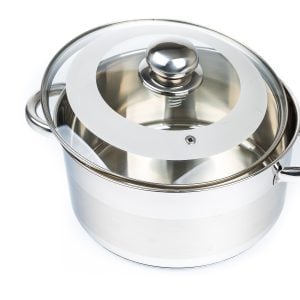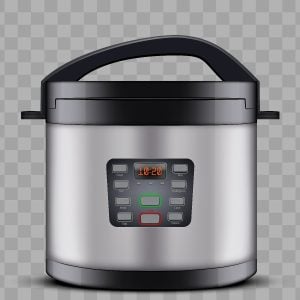Why Use Chimney Starters
My recent article on lump vs. briquette charcoal got me thinking about my chimney starter, which is the best device for setting your charcoal aflame for grilling or cooking. Typically, I’ll use my gas grill more regularly, but my chimney starter is the only way to get a fire going.
Chimney starters, also known as charcoal chimneys, will give you many hot coals for grilling in a short amount of time. A chimney starter is your best bet if you want to avoid biting into a piece of meat that tastes like lighter fluid. Would you be thinking of purchasing your summer grilling? Read on…
What Is A Chimney Starter?
A chimney starter is a cylindrical-shaped tin or container with a grate welded inside at the bottom. The starter has holes below the grate to promote airflow. Most chimney starters also include insulated handles on either side for gripping.
Once the newspaper at the bottom of the grate is lit, it will ignite the lump or charcoal pieces placed above it. It takes around twenty minutes for the coals to be heated and ready to be transferred to the grill.
How to Use It
Place your briquettes or lump charcoal pieces in the top section of the chimney container. Next, grab a few sheets of newspaper and roll them into a loop shape to put at the bottom of the chimney. Helpful tip: roll the newspaper to have a donut-like hole in the middle (this allows for some air to escape, which will encourage the charcoal to light faster).
Light your newspaper with a match, then wait until the coals heat up. Depending on the quantity and type of charcoal that you are burning, the coals should be hot in around 15-20 minutes.
Once gray ash forms and you can see the orange glow creeping up through the coal pieces, the charcoal should be ready to transfer onto the grill.
Advantages
Chimney starters are the easiest and most effective way to light charcoal pieces. The device relies on thermodynamics to heat the lump pieces or briquettes evenly.
The most significant advantage to using a chimney starter is that you don’t have to use the self-igniting fluid that contains hazardous and unhealthy additives. Although it might seem easier to squirt on some lighter fluid, you don’t want the residual taste of these toxins in your meal.
What To Look For
When buying a good chimney starter, the first thing to look for is one with ventilation holes on the side. A charcoal chimney without holes will not have enough airflow to heat the coal sufficiently.
I want you to know that many brands have heat-protectant handles but look for a device with a sturdy handle that allows you to move the canister onto a fire-safe surface. The last thing you want is for the handle to break off while you’re moving the device, causing a nasty accident.
Most importantly, make sure the chimney starter you buy has a large capacity for charcoal and can heat up a grill at least 22 inches wide. The Weber Chimneys are the most popular and hold around 5 quarts of charcoal— which should be enough to spread across a large grate.
These devices cost between $15 and $30. Charcoal Companion, Outset, and Kingsford are other companies that sell them in this price range.
Safety Tips
Be careful when you’re using a fire starter! It can be a little tricky once the appliance is hot, and you must dump the charcoals onto the grill, especially when the device is heavy to carry. I don’t own a pair, but sometimes, people use heat-resistant gloves to handle a chimney starter.
onlinesources: Grills & Outdoor Cooking
There are many sources for purchasing top-of-the-line Grills, Barbecues, and outdoor Cooking Equipment. Of course, I suggest you check out your local department stores and kitchen supply shops, but if you’re looking for a wide selection of products and prices, you may want to check out Amazon, where I buy many of my favorite grilling tools.

